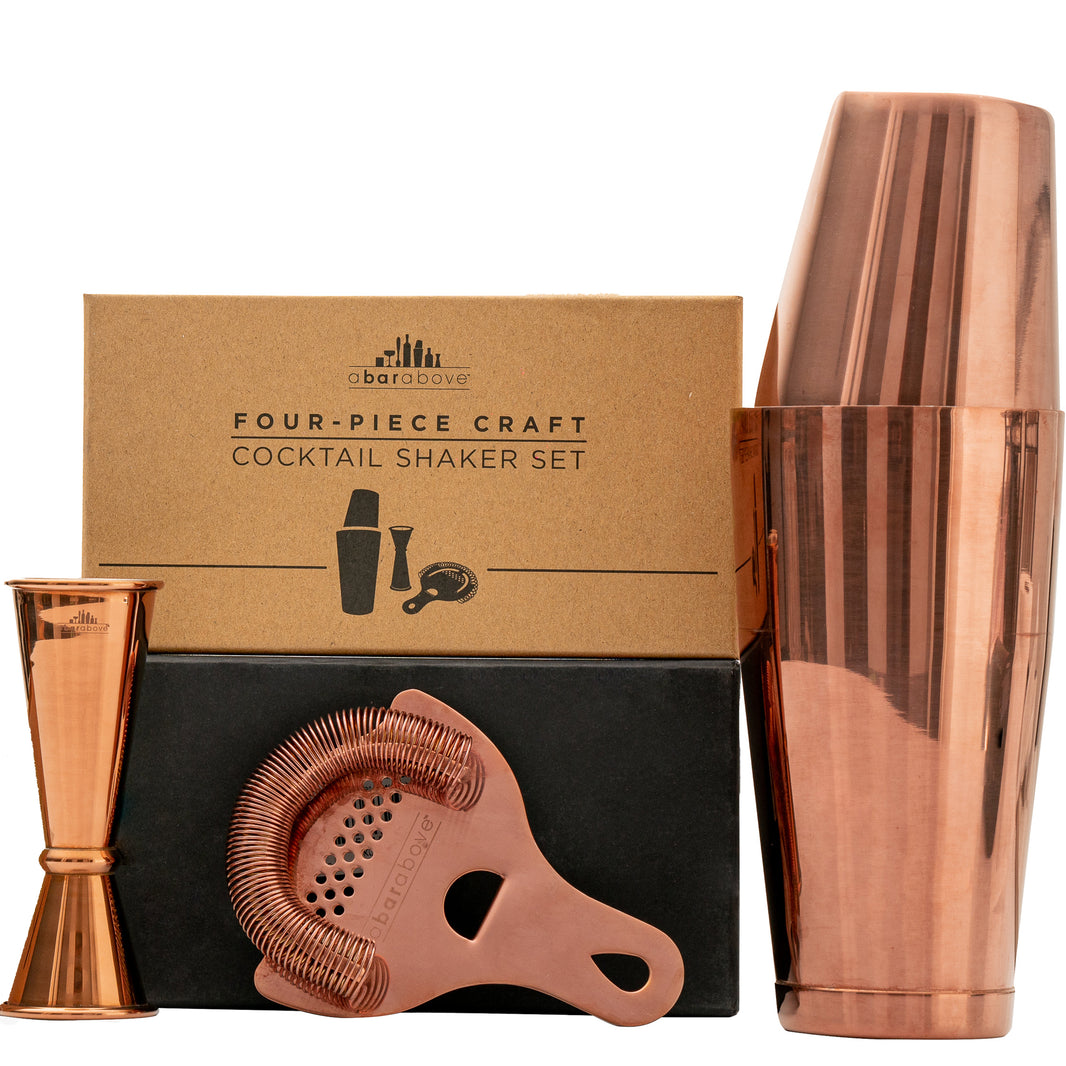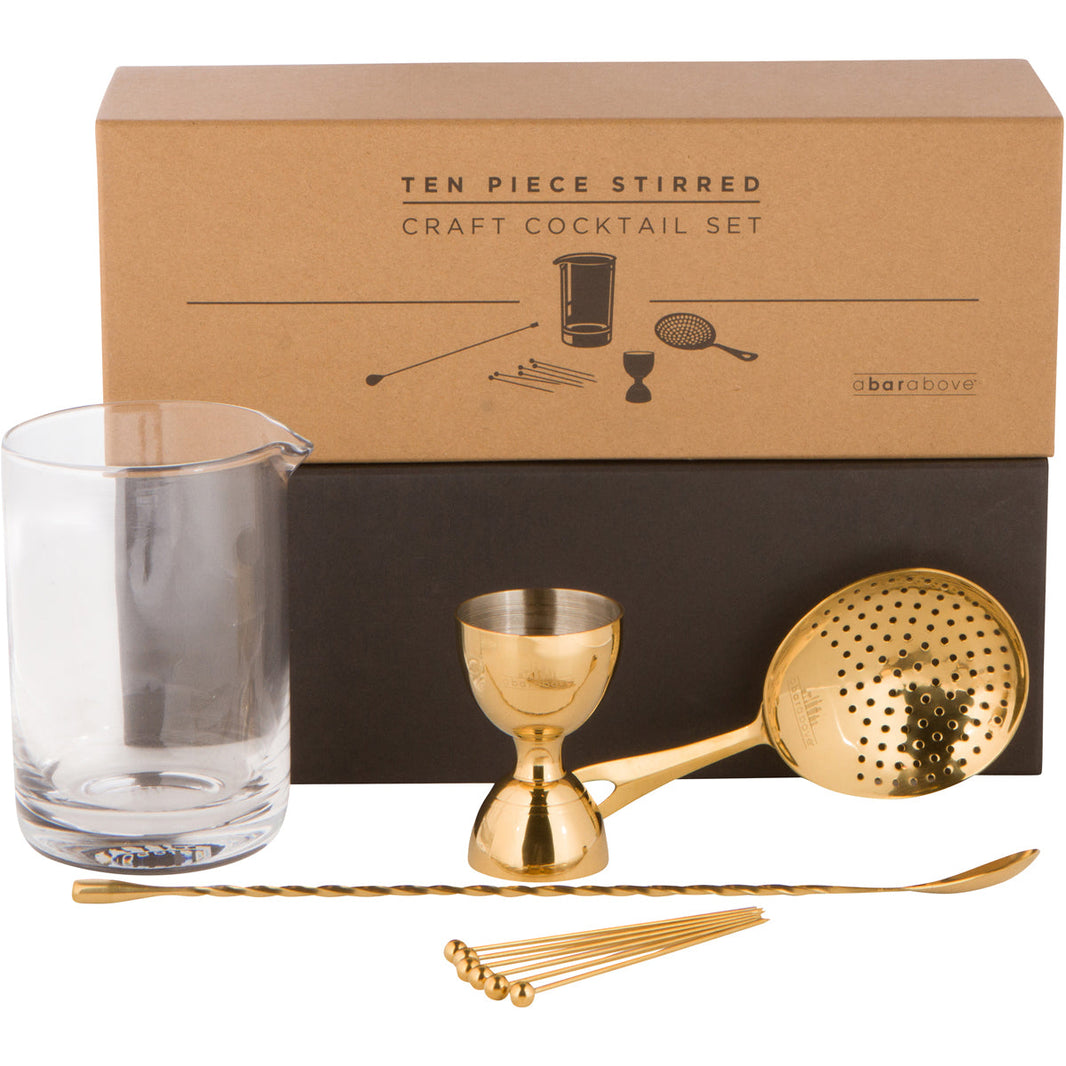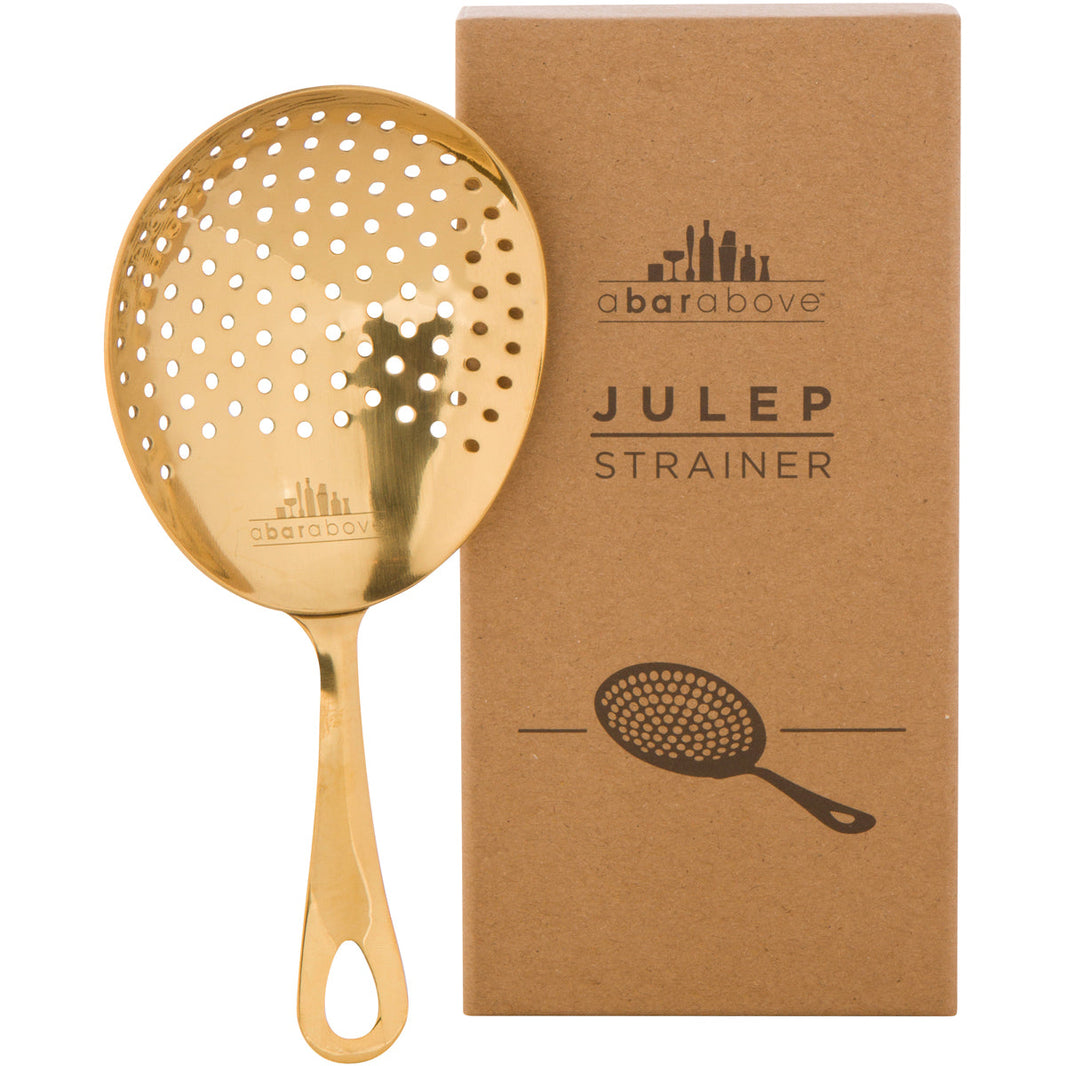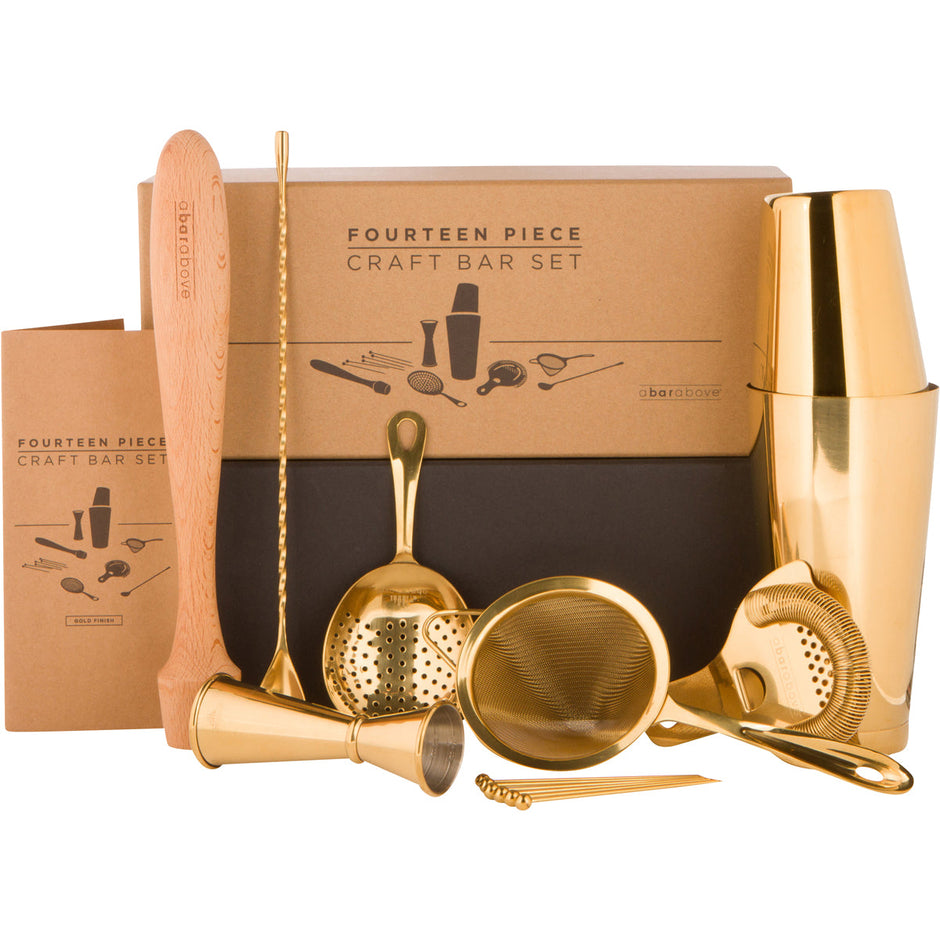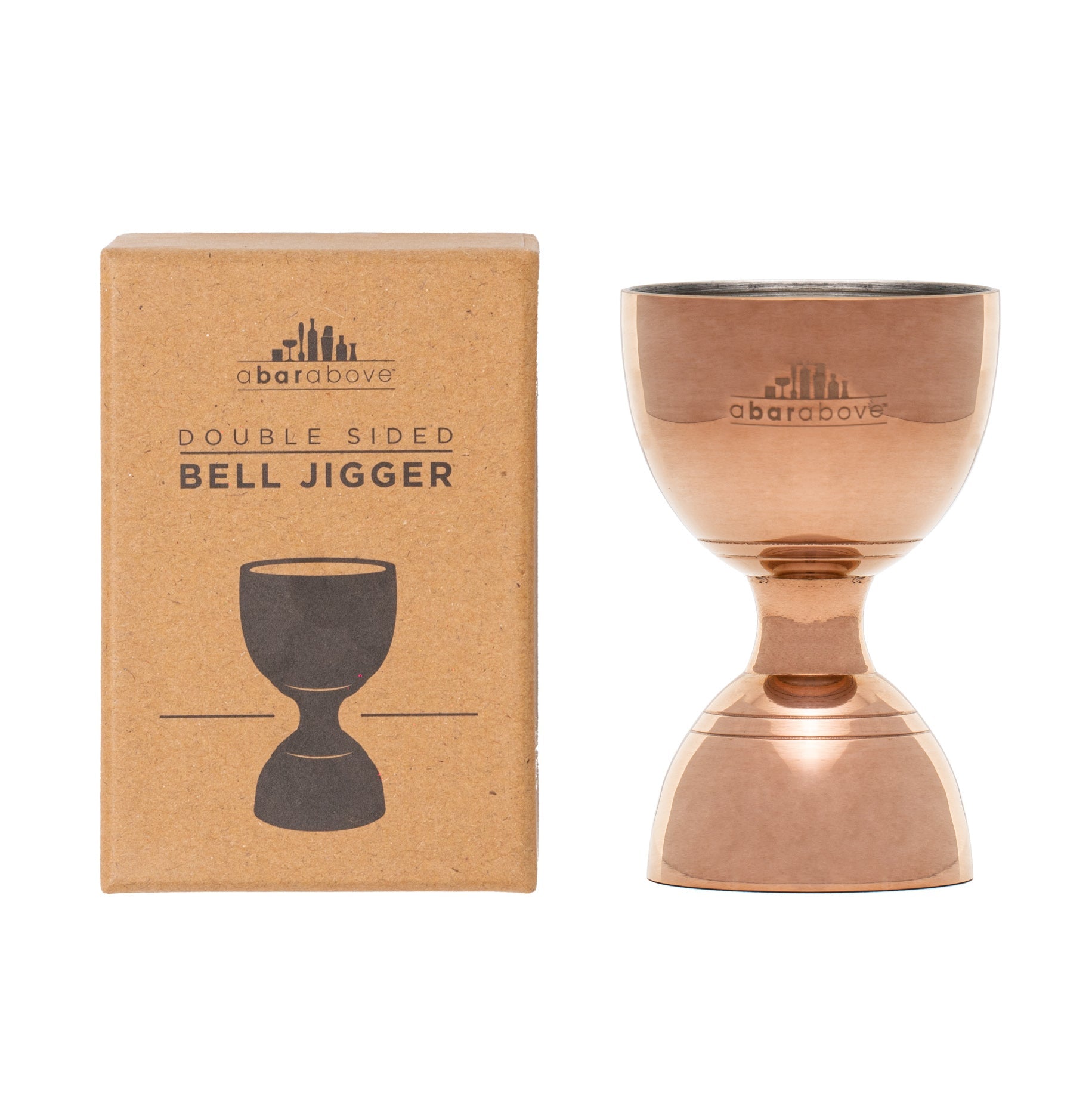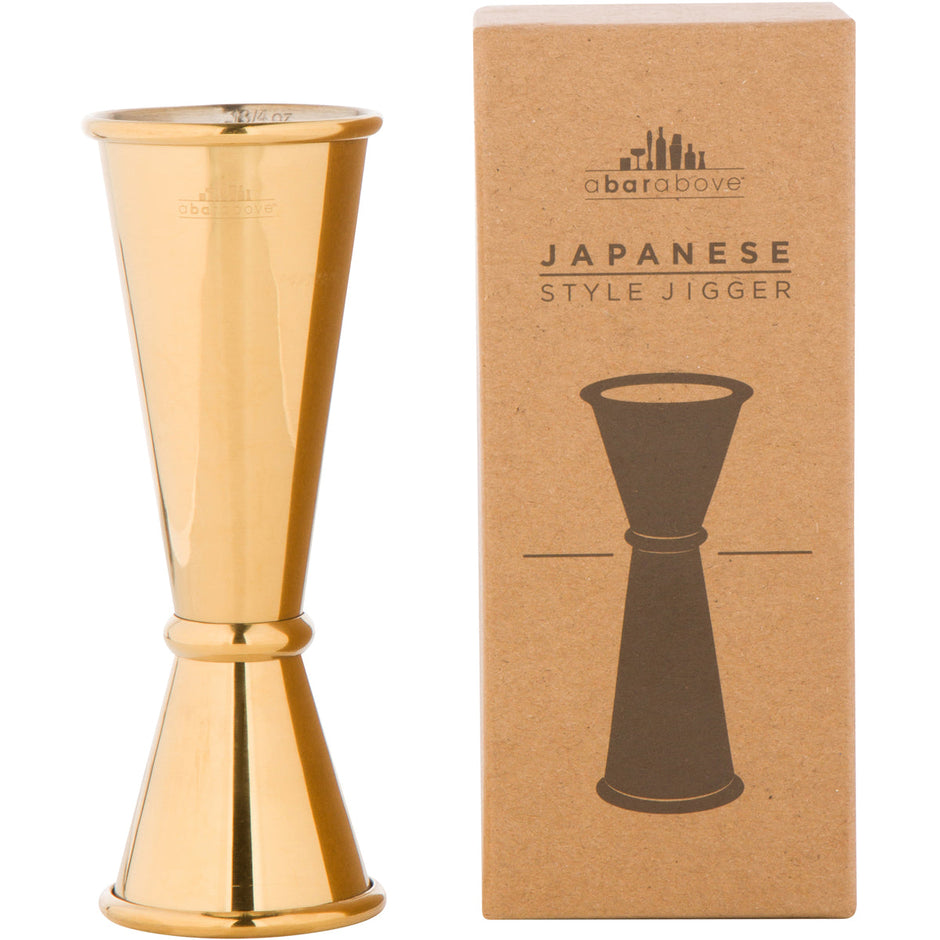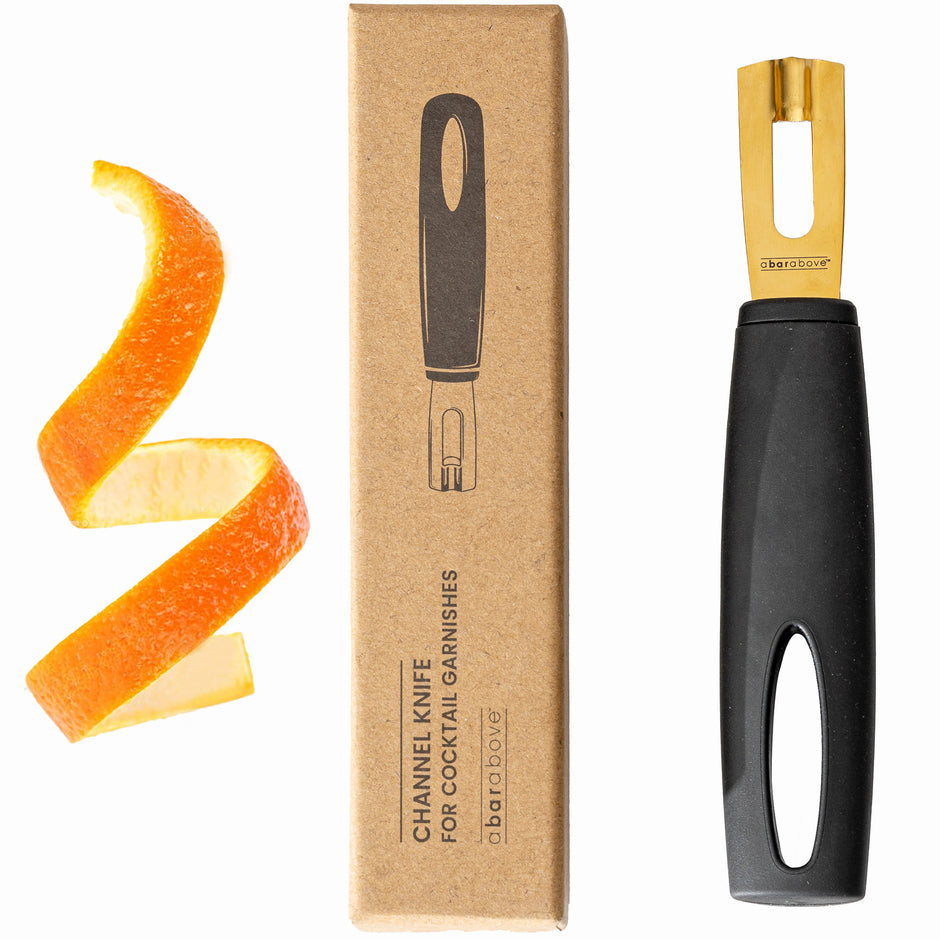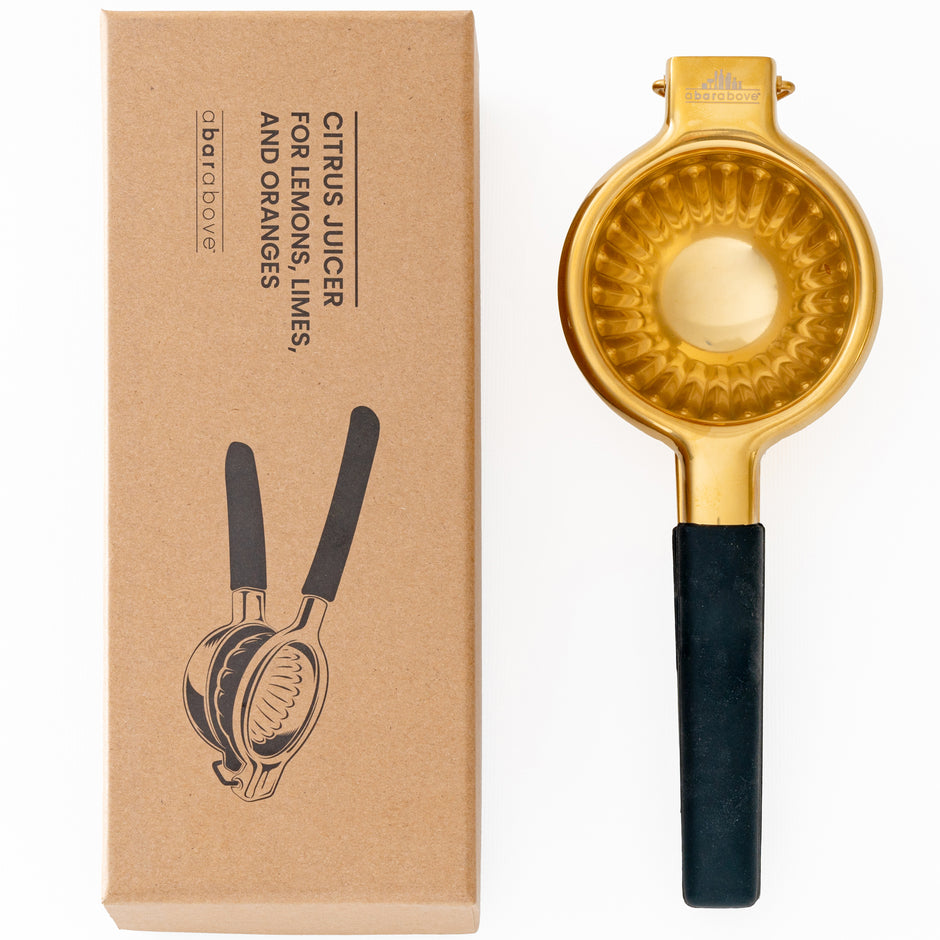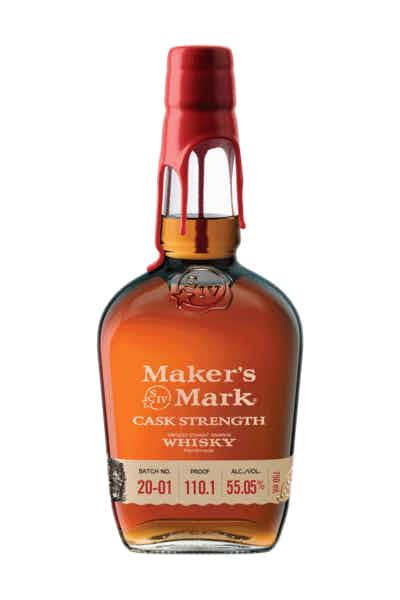The air’s buzzing with the thrill of discovering hidden gems in the wild for your next cocktail creation. Like a chef scouring for the perfect ingredient, mixologists are hitting nature’s pantry for fresh, unexpected flavors. I recall the debate at my last shindig over which had more panache, wild foraging or utilizing the best bakeware kits for crafting cocktail garnishes.
Which way adds the right twist to your mixed drink? We’ll dive into the know-how of foraging for cocktails and how to chicly sip on nature’s own brew.
If you are a visual learner, check out this video titled ‘How to forage for and make drinks from wild plants, with Bompas & Parr’
Key takeaways
- Identify edible plants safely through research and consultation.
- Harvest with sustainable methods to protect the environment.
- Prepare your foraged finds with care for the best cocktail results.
- Experiment to discover the unique flavors nature has to offer.
How to use wild ingredients in your drinks
Embarking on a foraging expedition is like a treasure hunt for your taste buds, and it’s a brilliant way to splash some excitement into your home bar scene. Venturing into the great outdoors or even your backyard can unearth a bounty of botanicals that bring an earthy, unique dimension to your cocktails. You’ll want to get familiar with local flora and sustainable foraging practices.

So grab a basket, put on your walking shoes, and let’s get shaking with nature’s freshest picks.
Step 1: Research local edible plants
Before you start plucking leaves and berries, know what’s edible and what’s not. Check out field guides, consult with local foraging groups, and maybe even tag along with an experienced forager. Remember, safety first — you don’t want to mix up your cocktails with the wrong kind of botanicals!
Step 2: Gather your tools
You’ll need some tools of the trade for a successful forage. A pair of sharp scissors for snipping herbs, a basket or bag to carry your finds, and gloves to protect your hands are all essential. Consider bringing a field guide or a plant identification app to help confirm your finds.
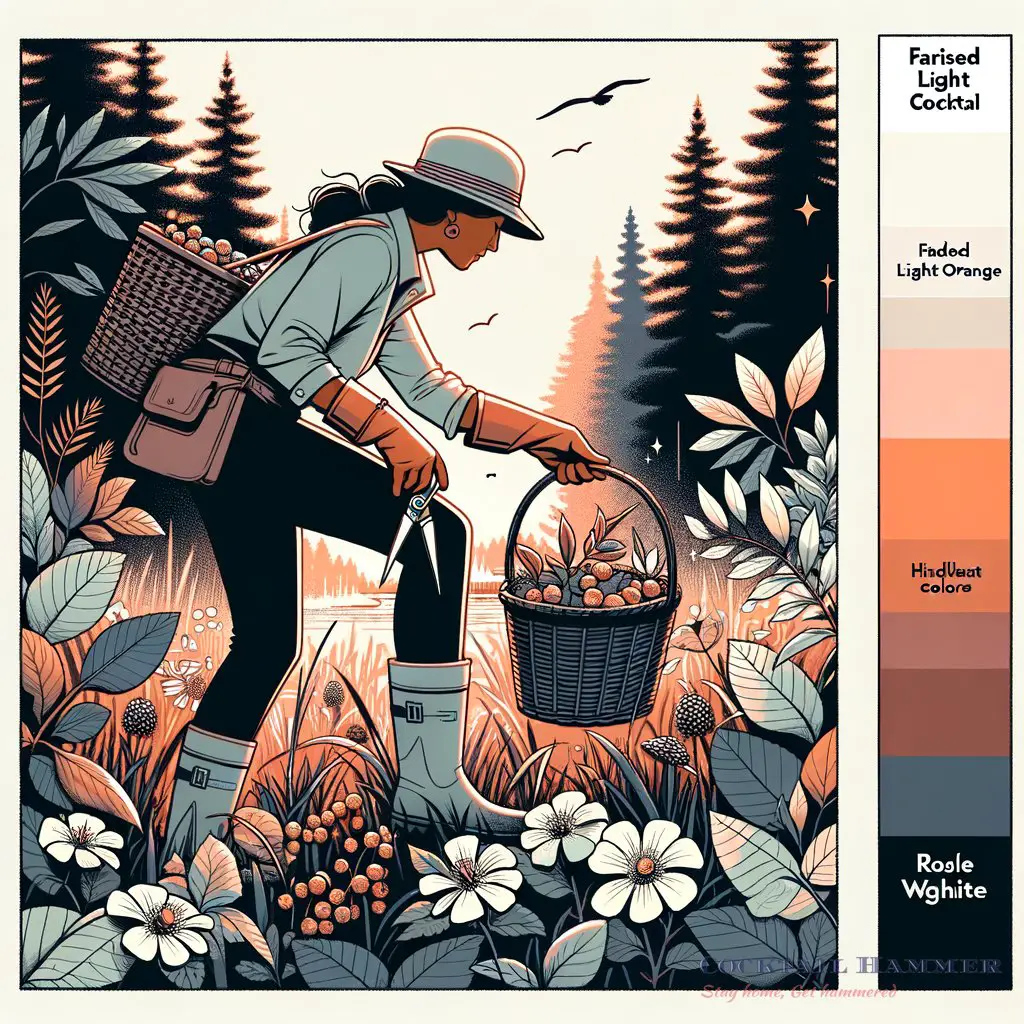
Step 3: Choose your foraging spot
Look for areas away from busy roads or industrial sites to avoid plants tainted with pollutants. Forests, meadows, and even urban green spaces can be rich with wild ingredients. Always ensure you have the right to forage in the area you’ve chosen; some places might be protected or private property.
Step 4: Harvest sustainably
Sustainability is key. Take only what you need and never strip a plant bare. Harvest in a way that allows the plant to continue growing.
This might mean taking a few leaves from each plant or only picking a certain number of berries. Leave plenty for wildlife and other foragers.
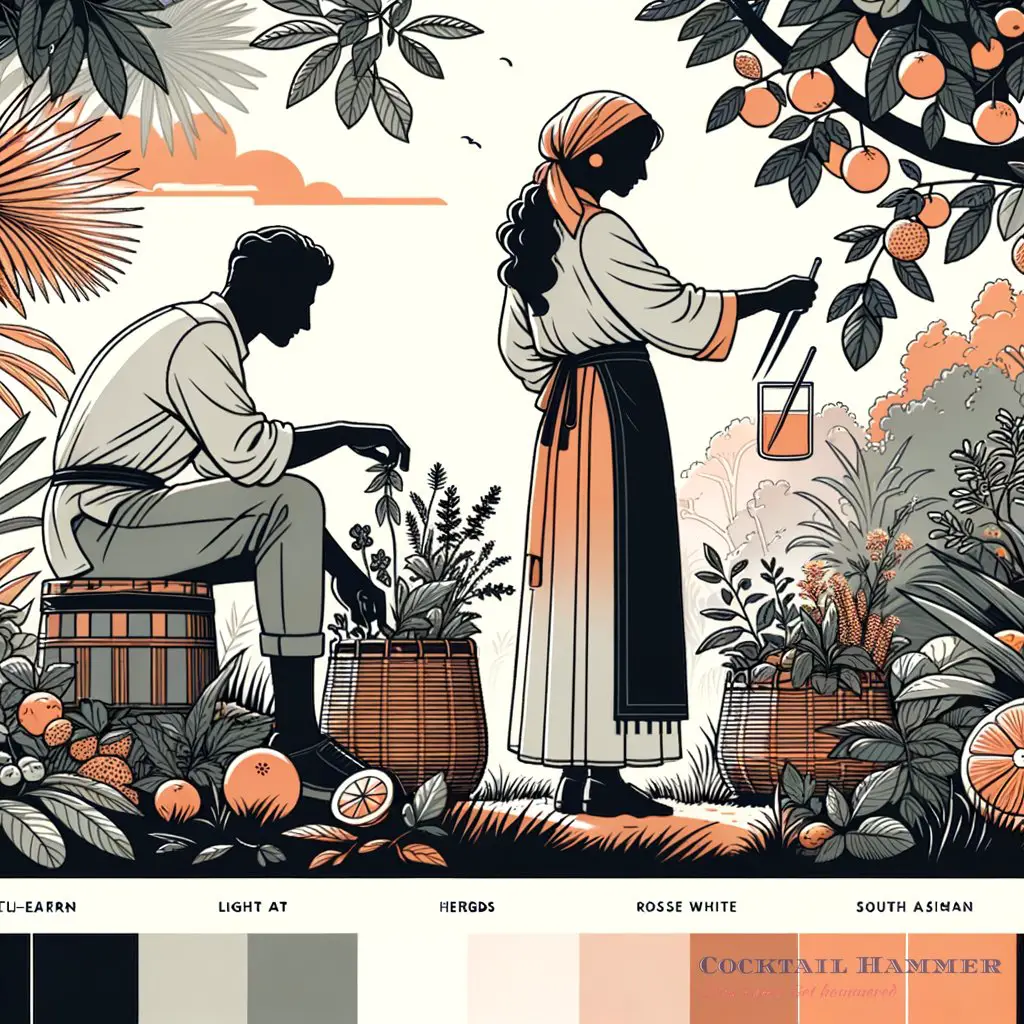
Step 5: Prep your ingredients
Once you’ve gathered your wild ingredients, clean them thoroughly to remove any dirt or little critters. Some ingredients might need to be dried, while others are best used fresh. Research the best way to prepare each ingredient for your cocktail creations.
Step 6: Experiment with flavors
The fun part — experimentation. Start with simple infusions or garnishes to understand the flavor profile of your wild finds. You can then move on to more complex cocktail recipes that highlight the unique characters of your foraged ingredients.
More foraging for cocktails tips
Adding wild ingredients to your cocktails not only elevates the flavor profile but also sparks conversations about your intriguing concoctions. Here are extra nuggets of wisdom to make your foraged cocktail foray both rewarding and safe:
- Stick to areas you’re familiar with, or have a map when exploring new terrain.
- Observe the plants through the seasons; some ingredients are best harvested at specific times of the year.
- Cross-reference multiple sources when identifying plants to ensure their safety.
- Keep a foraging journal — note where you found your ingredients and how they tasted.
- Attend workshops on wild edibles to expand your knowledge and confidence.
When foraging for cocktail ingredients, you want the adventure to be as smooth as the drinks you’ll create. Here’s a cheat sheet of do’s and don’ts:
| Do’s | Don’ts |
|---|---|
| Always get permission to forage in a location | Harvest rare or endangered plant species |
| Forage away from polluted areas | Overharvest from a single plant or area |
| Bring a camera to take pictures for identification | Assume all parts of a plant are edible |
| Use sustainable practices | Pick plants if you’re unsure of their safety |
Creativity with a conscience ensures the wild stays wild — and your cocktails sublime.
Advantages and disadvantages of using wild ingredients in your cocktails
Wandering the wilderness for cocktail ingredients is not just about the harvest; it’s about the connection to nature and understanding the source of your flavors. However, like any good cocktail, it’s all about balance — weighing the thrilling benefits against potential hiccups.
Advantages
- Enhanced cocktail flavors: Wild ingredients can provide fresh, unique tastes that you simply can’t find in the grocery store.
- Personal connection: Foraged ingredients carry a story, making your cocktails more personal and intriguing.
- Eco-friendly: You’re reducing food miles and promoting sustainability with local, wild ingredients.
- Discovery and education: Learning about edible plants and their habitats can be an enriching experience.
Disadvantages
- Risk of misidentification: Confusing edible plants with toxic ones could lead to dangerous mistakes.
- Time-consuming: Proper foraging requires time, both to harvest and to prepare ingredients.
- Legality and ethics: You must be aware of regulations and practice ethical foraging.
- Seasonality: Availability of ingredients can be limited to certain times of the year.
“Adding wild ingredients to your cocktails not only elevates the flavor profile but also sparks conversations about your intriguing concoctions. Stick to areas you’re familiar with, or have a map when exploring new terrain, and keep a foraging journal — note where you found your ingredients and how they tasted.”
In my opinion, the art of foraging for cocktail ingredients is a thrilling complement to any mixologist’s repertoire. It’s an invigorating way to blend the craft of cocktails with the rhythms of nature. Yet, even as an amateur, I’m conscious that sticking to safe and sustainable practices is crucial.
I’m no expert, but I believe that foraging can turn a simple drink into a storytelling adventure, where each sip brings the imbiber closer to the subtle nuances of the wild.
Moreover, foraging is a mindful journey, a process that demands patience and respect for the environment. We get to engage with our local ecosystems in a most intimate way, forming a symbiotic relationship where we both give and take. And for anyone eager to expand their drink-mixing horizons, I’d say get out there and explore — but do so responsibly, and perhaps check out how infused spirits can be a bridge between wild foraging and mixology.
Frequently asked questions (FAQ)
Can I forage for cocktail ingredients in the city?
Absolutely! Urban foraging is a growing trend, and many edible plants thrive in city environments. Look for community gardens, parks, and other green spaces.
Just be sure plants haven’t been exposed to harmful chemicals and you have permission to forage there.
How do I know if a foraged ingredient will taste good in a cocktail?
Experimentation is key. Consider the ingredient’s flavor profile — whether it’s floral, earthy, or fruity — and imagine how it might pair with different spirits or mixers. Start with small amounts, and don’t be afraid to blend it with tried and true ingredients.
What’s the best way to preserve foraged cocktail ingredients?
Preservation methods depend on the ingredient. Herbs can be dried or frozen, while fruits can be made into syrups or infusions. Some botanicals, like juniper berries, can be pickled or even infused directly into alcohol to create unique flavors that last.
Final thoughts
As we come to the end of our foraging trail, I hope you feel inspired to start your own cocktail quest with a dash of wilderness. Remember, foraging for cocktails isn’t just about mixology; it’s a spirited adventure that connects us to the flora around us, imbuing our creations with the essence of the land. With every wild ingredient you introduce to your shaker, you’re stirring in the very soul of nature.
So, here’s to combining the craft of the cocktail with the bounty of the earth, and to the endless discoveries that await.
Have you ever tried using wild ingredients in your cocktails? Did I cover everything you wanted to know? Let me know in the comments section belowI read and reply to every comment. If you found this article helpful, share it with a friend, and check out my full blog for more tips and tricks on mastering the art of cocktails with a wild twist. Thanks for reading and to spirited foraging!







